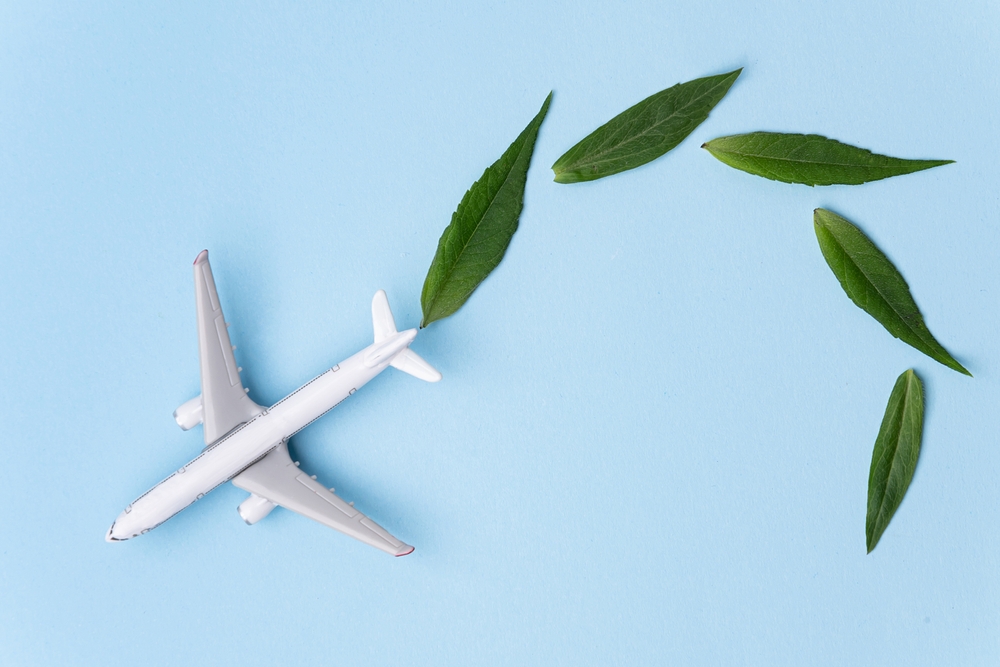GHG Emissions, Industrial, Sourcing Renewables - July 29, 2024
Joby Conducts Hydrogen-Powered Flight
Joby Aviation, Inc. announced the successful flight of its hydrogen-electric air taxi. The plane flew 523 miles with water as the only by-product in its demonstration flight.
The aircraft, which takes off and lands vertically, builds on Joby’s successful battery-electric air taxi development program and demonstrates the potential for hydrogen to unlock emissions-free, regional journeys that don’t require a runway.
“Traveling by air is central to human progress, but we need to find ways to make it cleaner,” said JoeBen Bevirt, CEO of Joby, in a statement. “With our battery-electric air taxi set to fundamentally change the way we move around cities, we’re excited to now be building a technology stack that could redefine regional travel using hydrogen-electric aircraft. The vast majority of the design, testing and certification work we’ve completed on our battery-electric aircraft carries over to commercializing hydrogen-electric flight.”
The landmark test flight, believed to be the first forward flight of a vertical take-off and landing aircraft powered by liquid hydrogen, was completed last month using a converted Joby pre-production prototype battery-electric aircraft fitted with a liquid hydrogen fuel tank and fuel cell system. It landed with 10% of its hydrogen fuel load remaining.
Joby’s hydrogen-electric demonstrator is the result of several years of collaboration between a small team at Joby and H2FLY, Joby’s wholly-owned subsidiary based in Stuttgart, Germany. The converted aircraft previously completed more than 25,000 miles of testing as a battery-electric aircraft at Joby’s base in Marina, California.
Using the same airframe and overall architecture as Joby’s core, battery-electric aircraft, this demonstrator features a liquid hydrogen fuel tank that stores up to 40 kilograms of liquid hydrogen, alongside a reduced mass of batteries. Hydrogen is fed into a fuel cell system, designed and built by H2FLY, to produce electricity, water, and heat. The electricity produced by the hydrogen fuel cell powers the six electric motors on the Joby aircraft, with the batteries providing additional power primarily during take-off and landing.
Joby’s H2FLY team used similar technology to complete another record-breaking flight in September 2023, when they flew the world’s first piloted flight of a conventional liquid hydrogen-electric aircraft using their fuel cell technology.
Stay Up-To-Date












